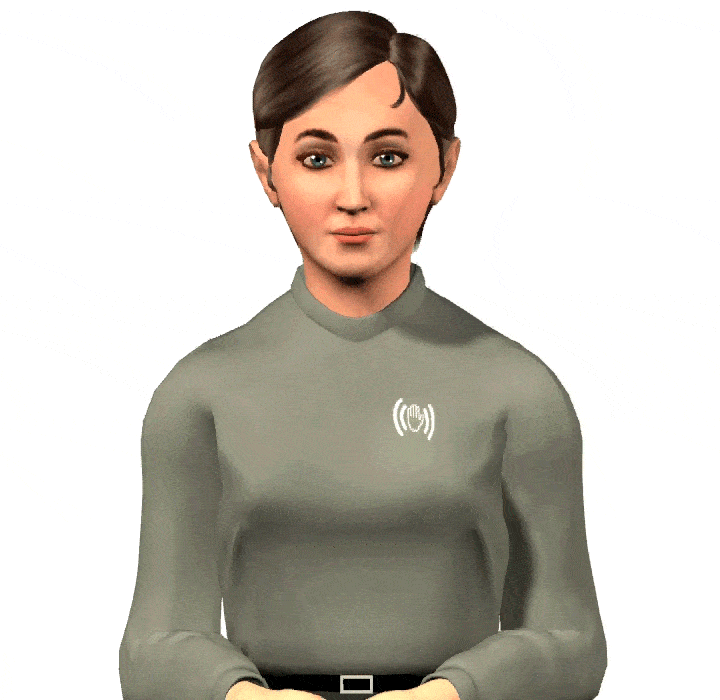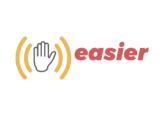Name signs, also known as sign names, are an important component of Deaf culture. The research about them was pioneered by an American linguist, Dr. Samuel J. Supalla. In 1992, Dr. Supalla noted in his book “The Book of Name Signs” that name signs serve two functions: provide d/Deaf people with a way to identify themselves and others in conversation, while also representing a Deaf person’s membership in the Deaf community.
Name signs follow specific rules
In his book, Dr. Supalla wrote that name signs can be classified as being arbitrary, descriptive, or nontraditional.
- Arbitrary name signs use alphabetic handshapes, corresponding to the initial of one’s first, middle, or last name. Several combinations are possible based on the location of the hands in relation to the body, as well as whether there is any movement involved.
- Descriptive name signs are normally based on personal characteristics, like personality or appearance, and are conveyed through handshapes known as classifiers, evocative of the attributes.
- Nontraditional name signs combine elements from arbitrary and descriptive naming conventions.
Many hearing people are fascinated by the idea of name signs and want one for themselves. However, it is important to realize that there is a distinctive culture, tradition, and history that need to be respected. As Dr. Supalla noted in his book, the primary purpose of giving a name sign is to identify a person. The name sign represents that person and is decided on by the local Deaf community. But the tradition of giving name signs serves more than just the identification purpose. It also signifies that that person is an integral part of the Deaf community.
A very interesting fact is that, unlike written names, name signs are not commonly given at birth (that is because most Deaf children are born to hearing parents). Kids whose family members are not part of the Deaf community typically receive their name signs later in life, usually by their peers or a well-respected authority figure in the Deaf community.
Inclusion of hearing individuals
Historically, name signs were reserved for d/Deaf people, it was not common at all for hearing people to have name signs. However, the growing number of hearing persons who use sign languages and regularly interact with d/Deaf people has caused a change. Now, we see more and more hearing people being accepted into and recognized as part of Deaf communities and so they also receive name signs. Their name sign becomes a sort of rite of passage signaling their inclusion in their local Deaf community. Even so, hearing people may never assign a name sign – only a d/Deaf person may do so.
Name signs may also be given to well-known individuals who have no obvious association with Deaf culture. George Washington, William Shakespeare, Vincent Van Gogh, Madonna, and Cristiano Ronaldo all have name signs. Locally known hearing people, such as store clerks and bartenders may also be given name signs. Just like places, such as supermarkets and restaurants. Great examples of that include McDonald’s and Carrefour.
EASIER name sign

Our project has also received its own name sign, which has been decided by our d/Deaf colleagues during one of the project meetings. It did not just happen: we started by identifying the name of the project by signing “easy” in reference to its name, which became our tentative sign. We were not convinced as it could be misleading. After all, the EASIER project is by no means an easy project! 🙂 During one of the following meetings, our d/Deaf colleagues naturally agreed on the sign “closed palm that opens” because it fits well with the visual identity of EASIER. Since then, the name sign has remained and you can now see the EASIER avatar, Paula signing it on the EASIER homepage.
People’s name signs coexist with their written names, which are used for official purposes and communicated by fingerspelling (spelling out the name letter by letter, using handshapes for the alphabet).
Previous article:
Deaf myths debunked: Part III
Next article:
Books and films that raise deaf awareness
Follow our #DidYouKnowThat campaign to raise your Deaf awareness.

